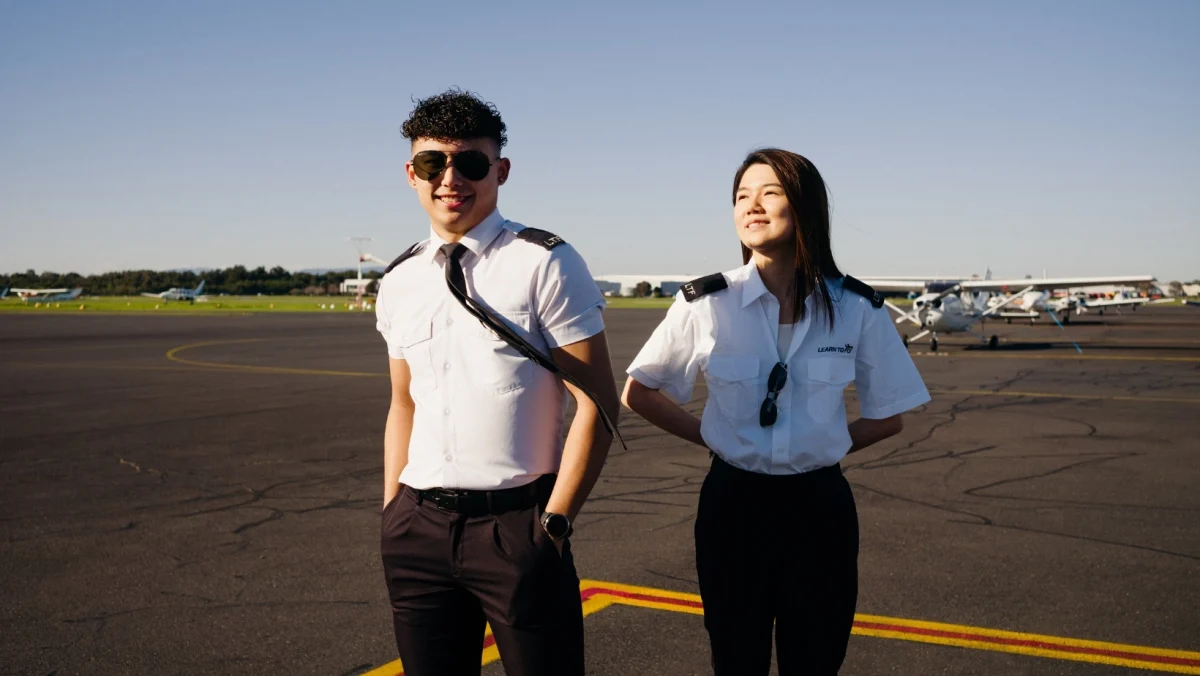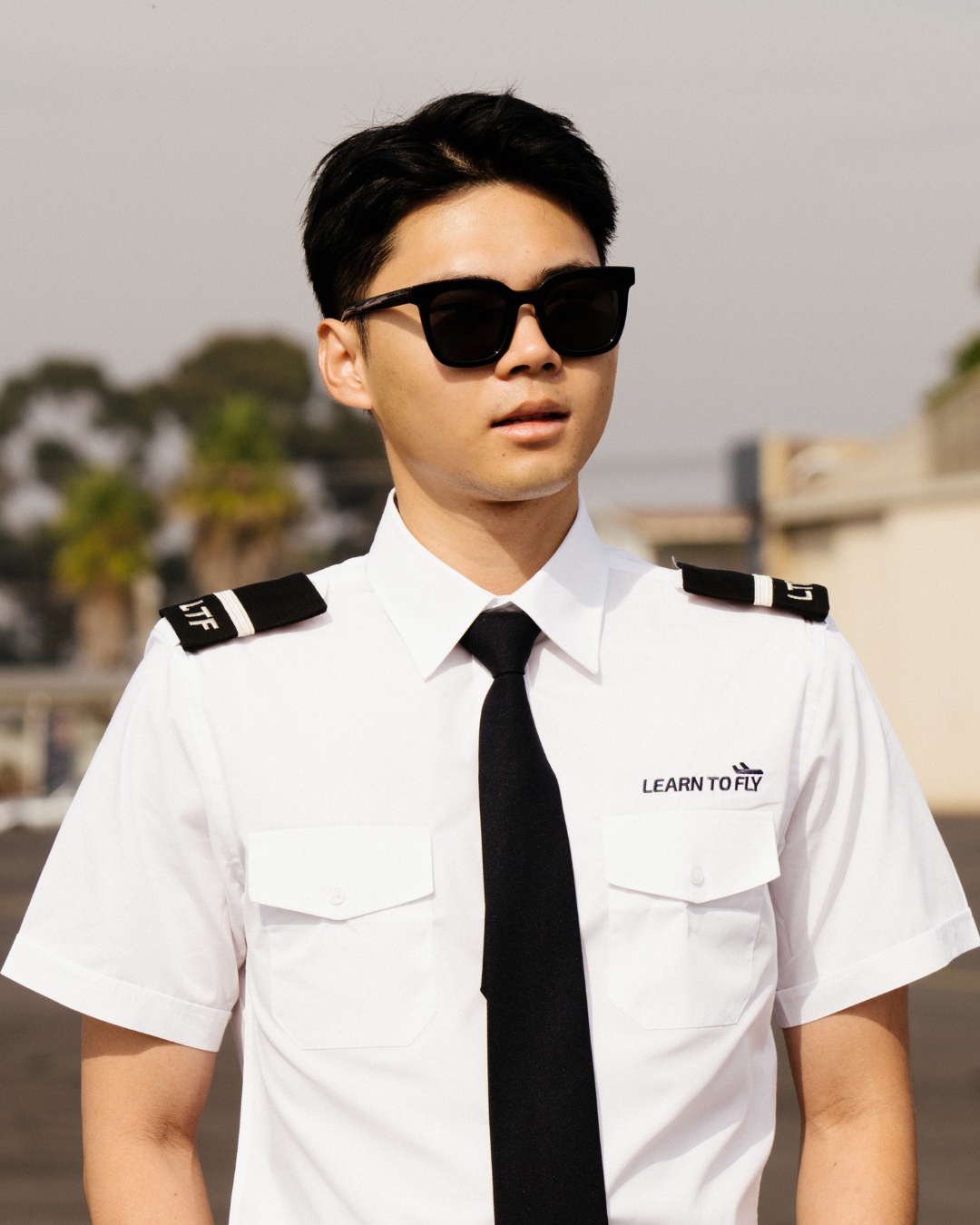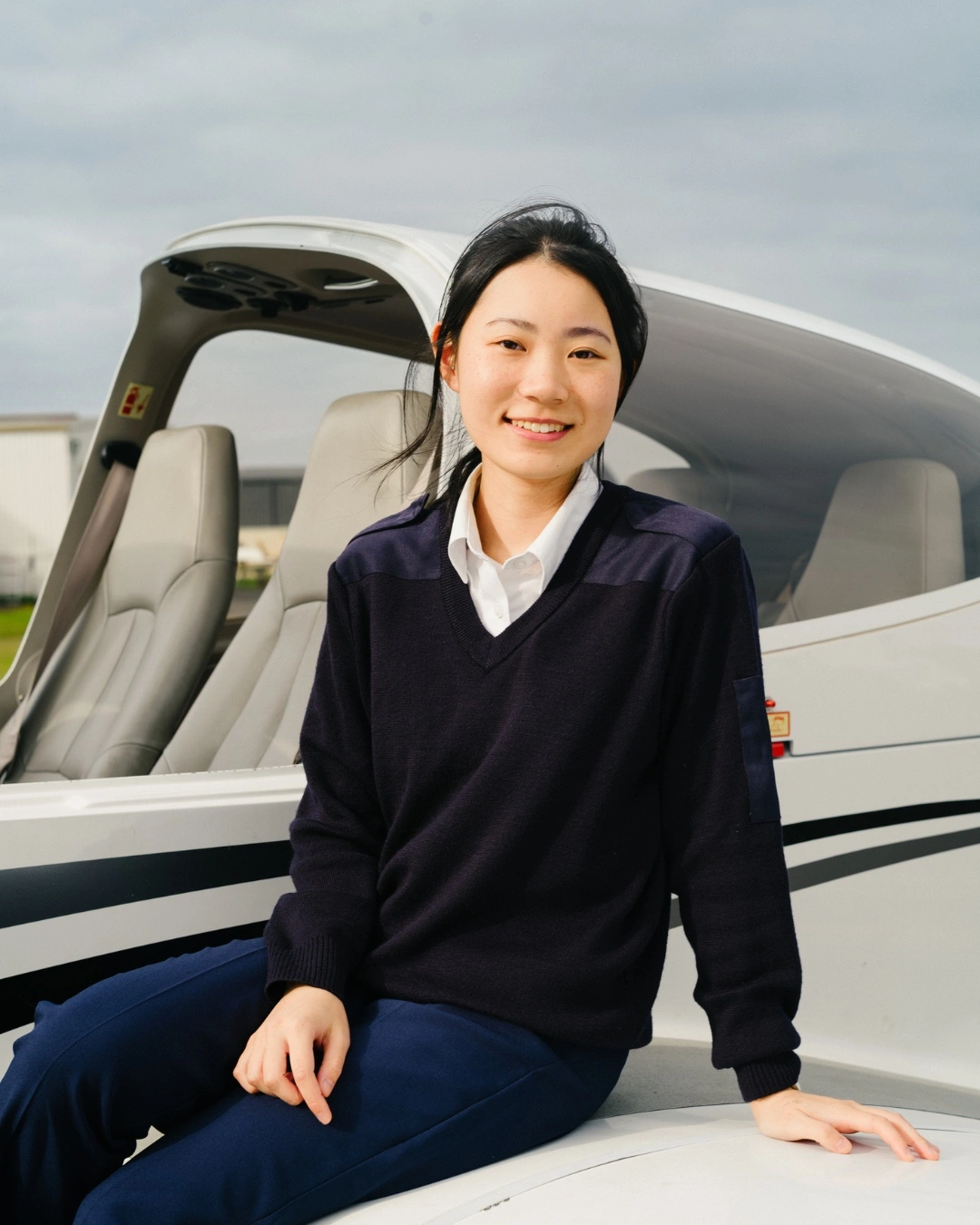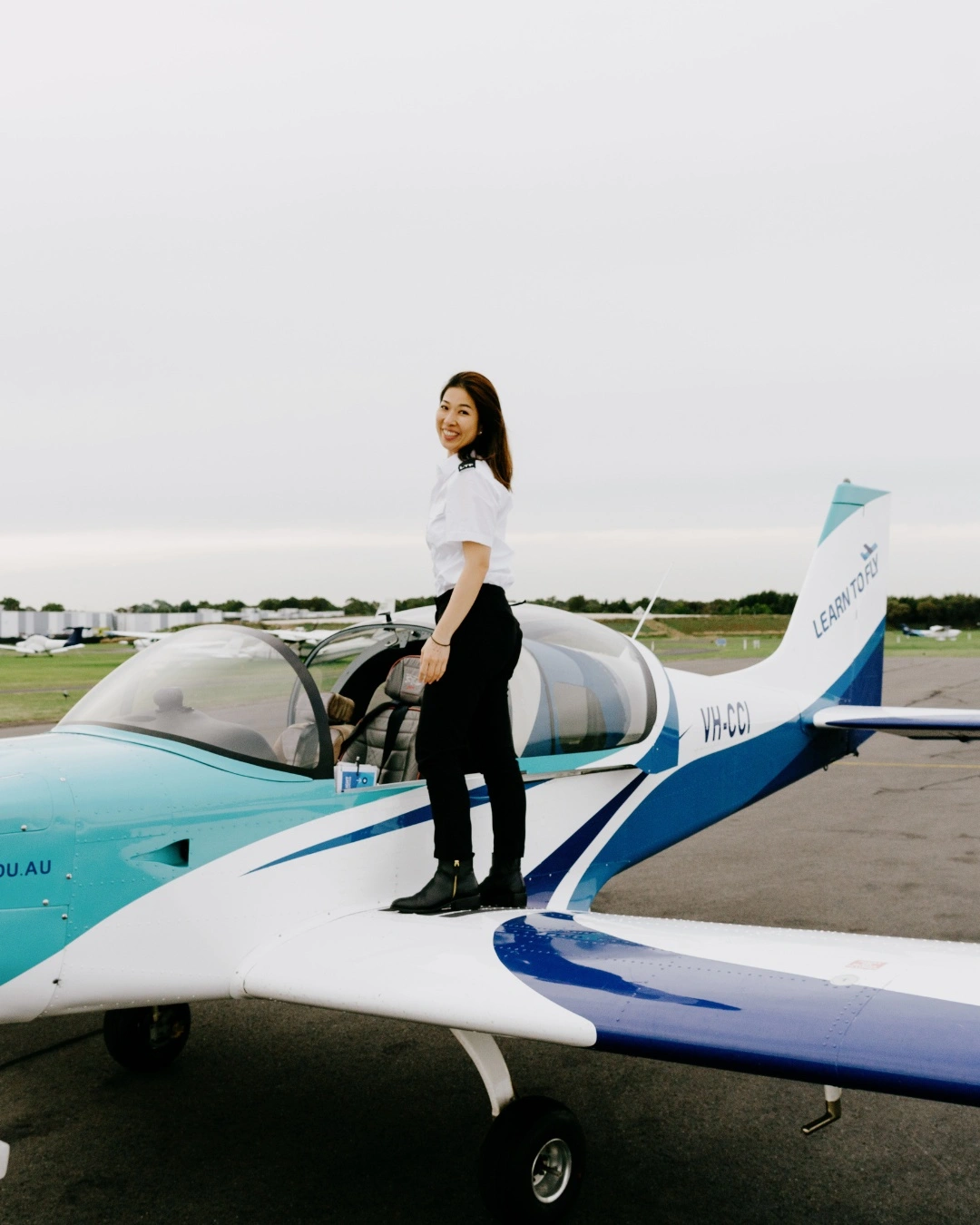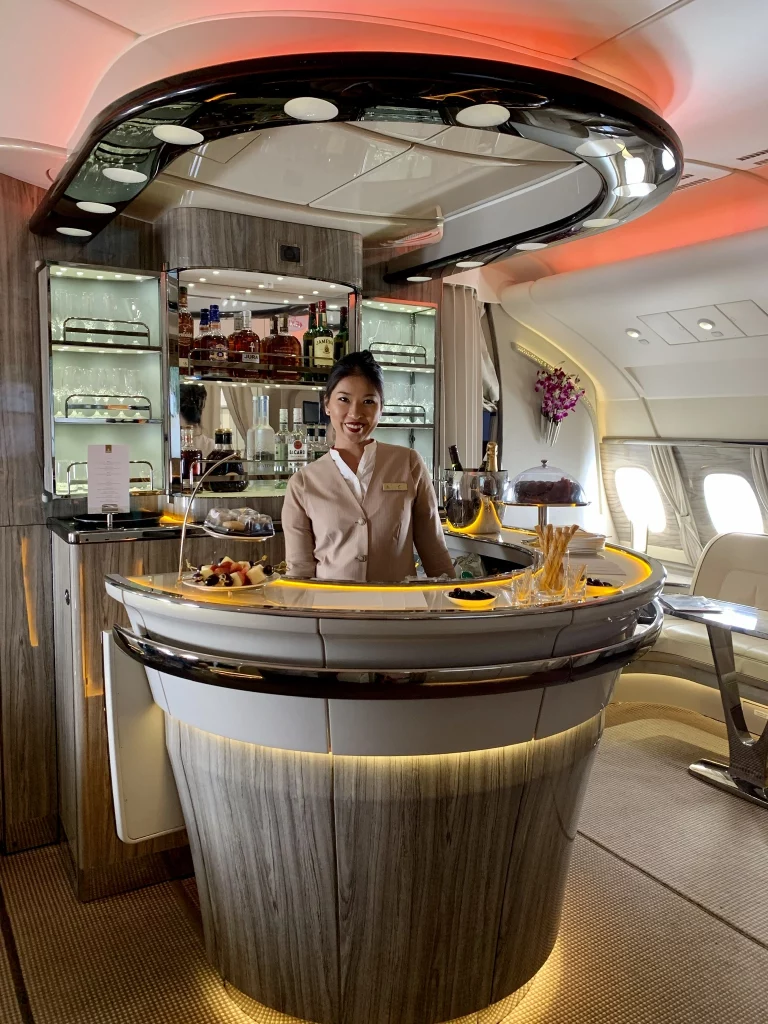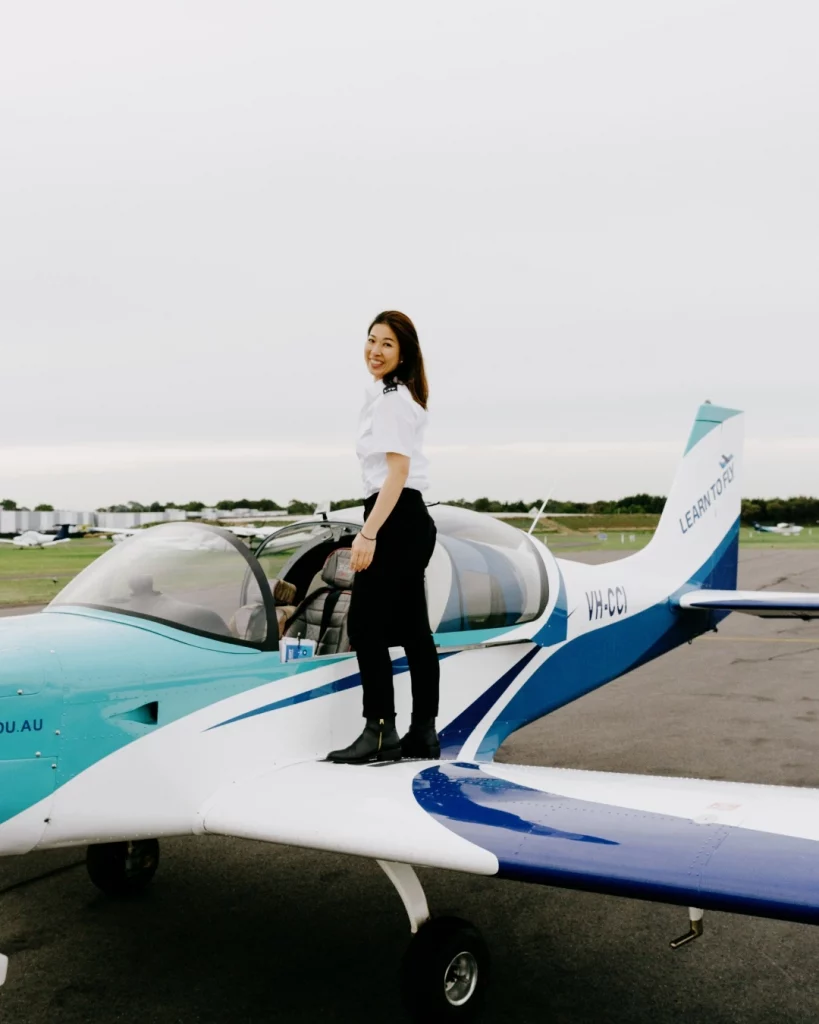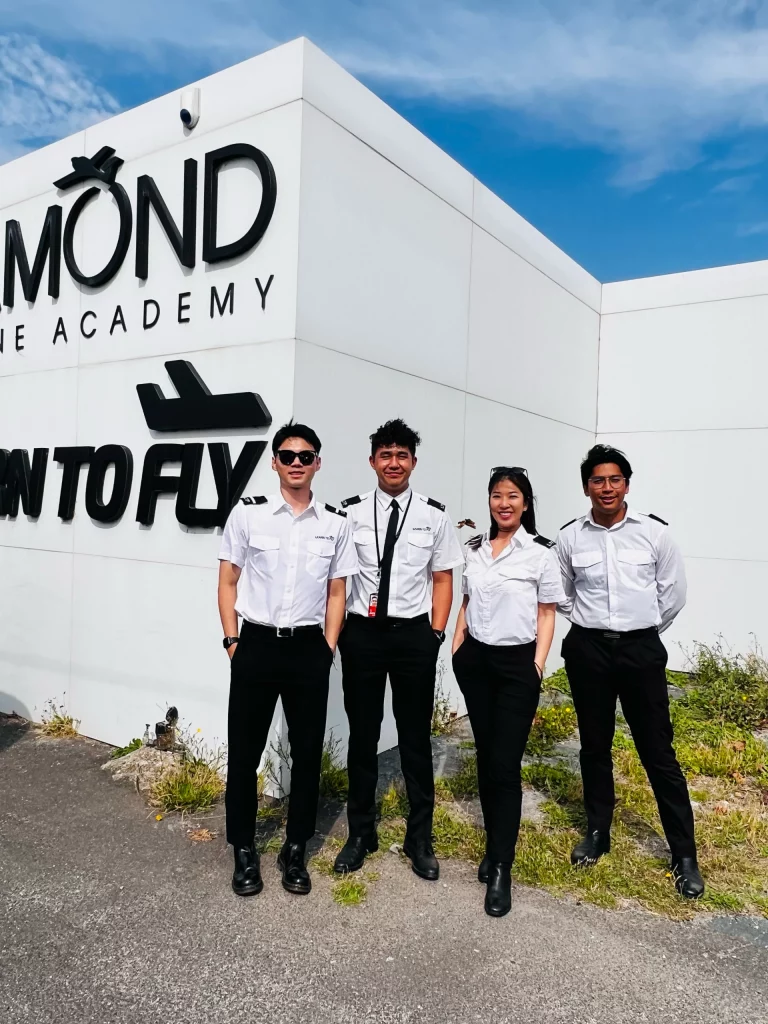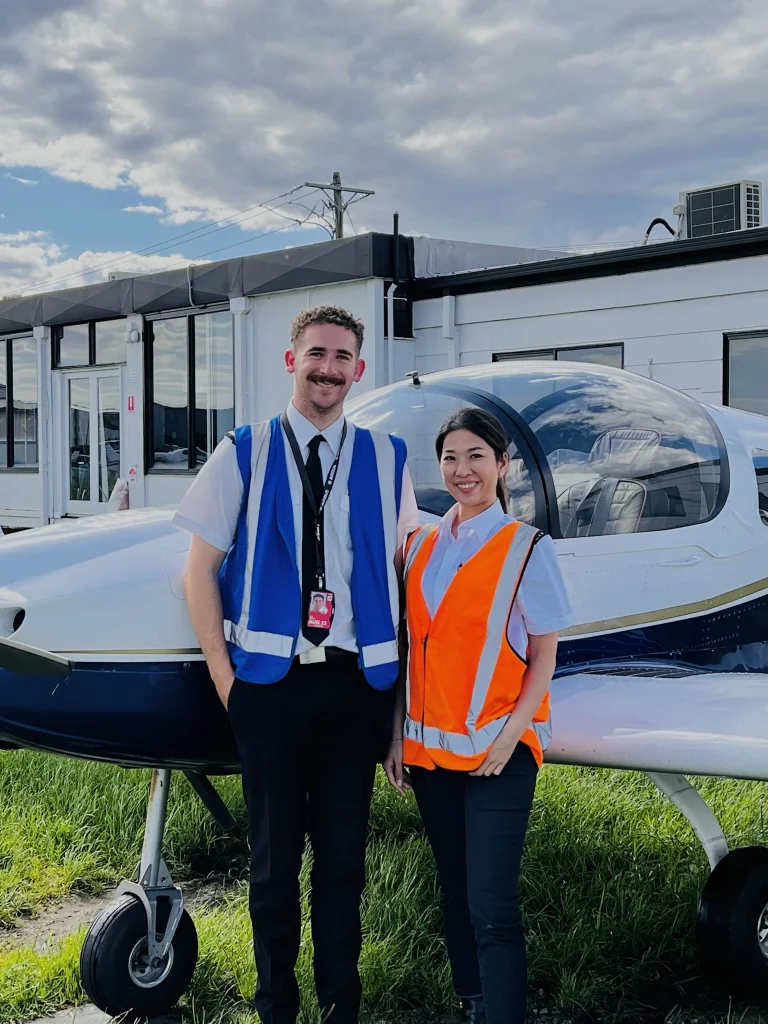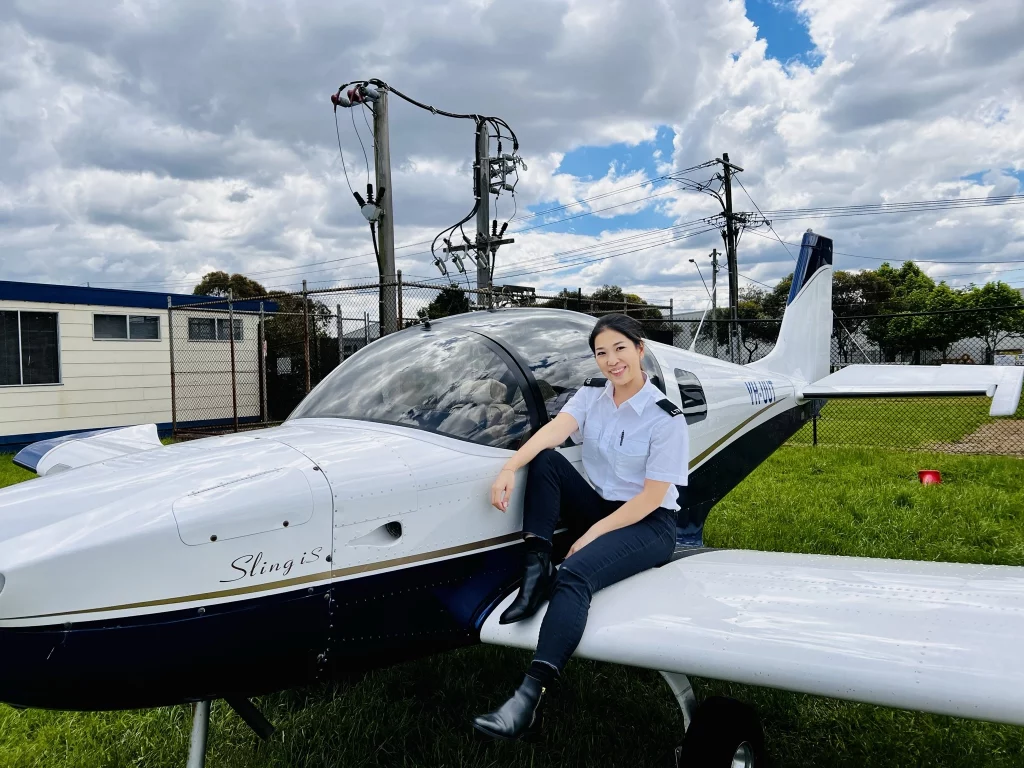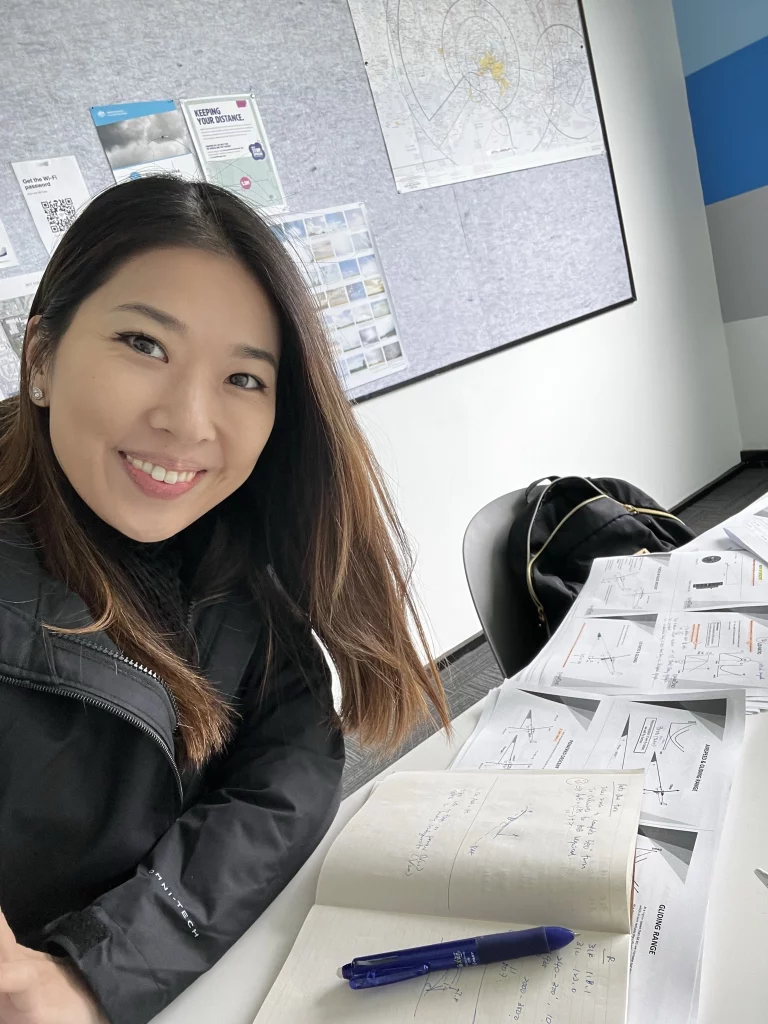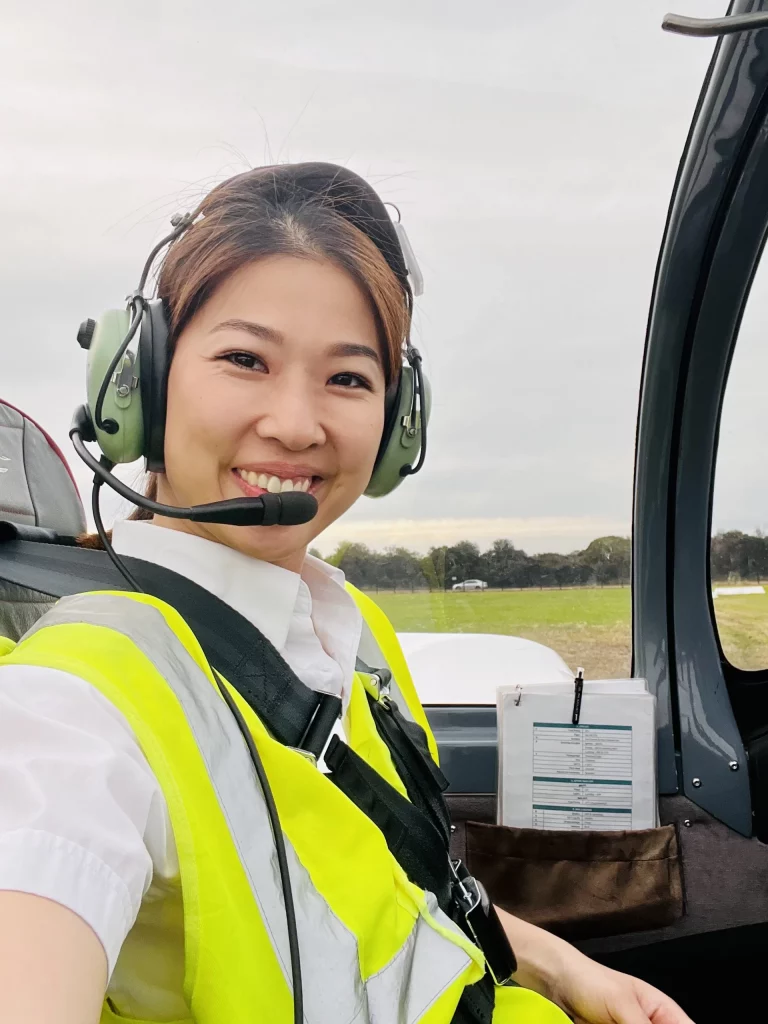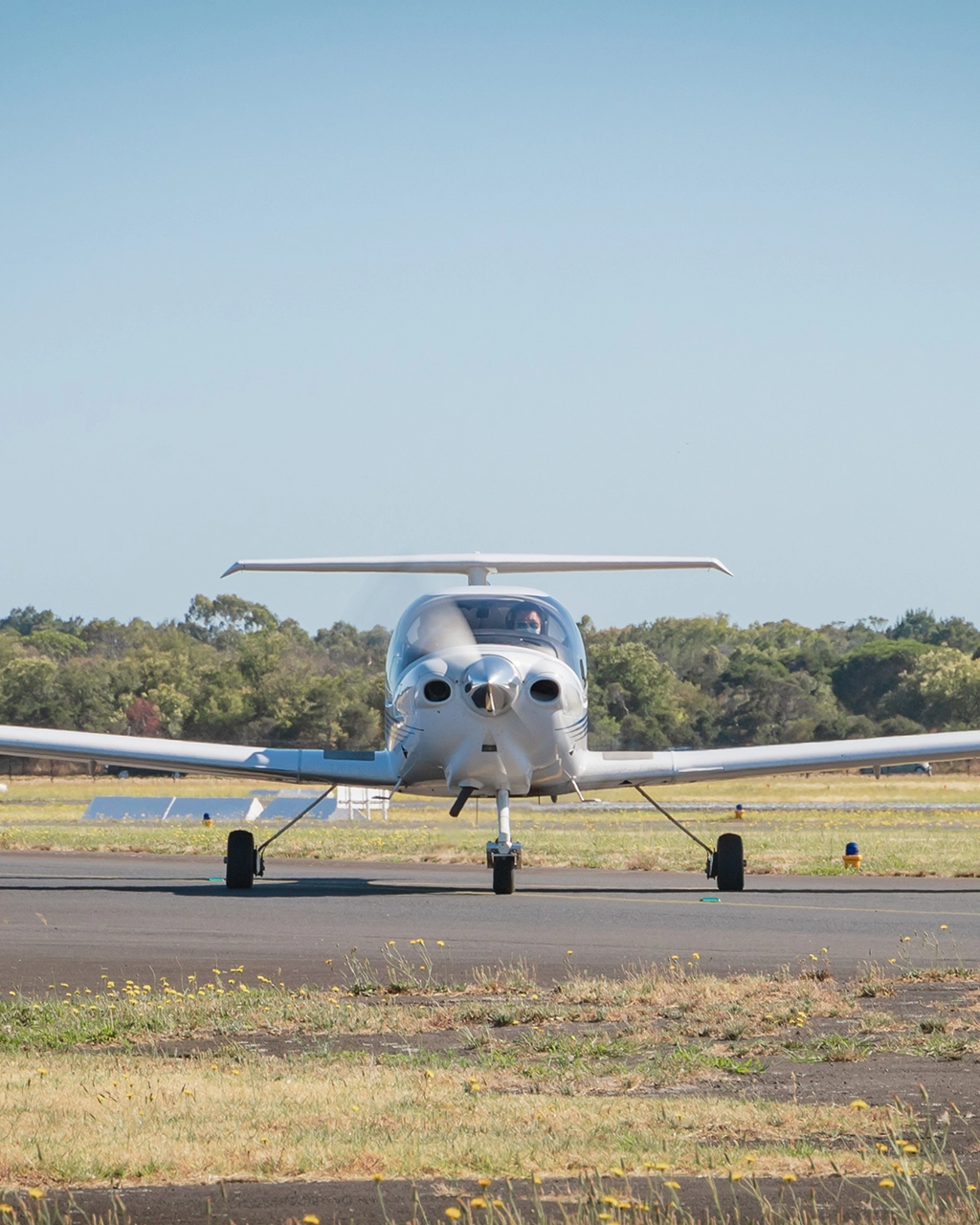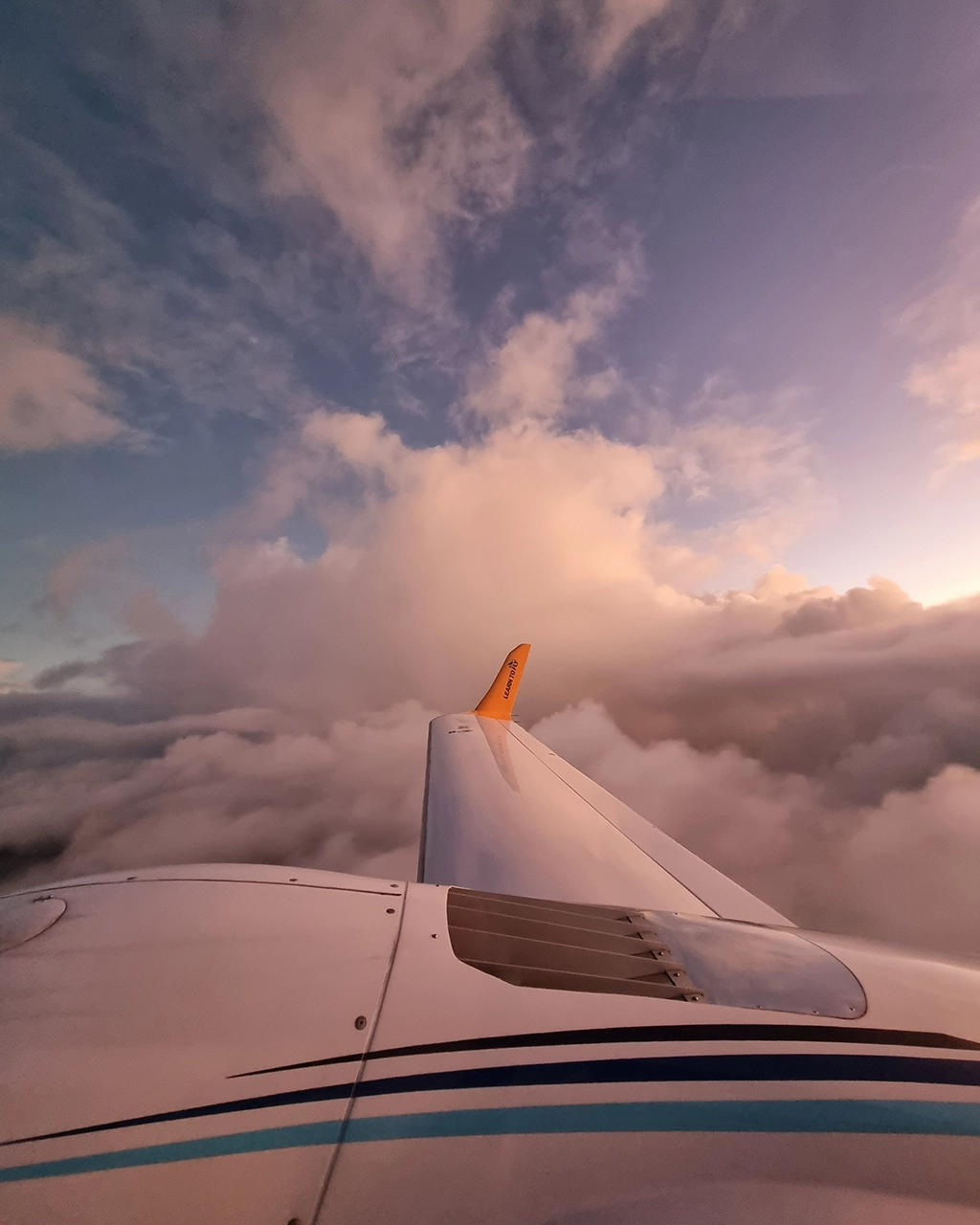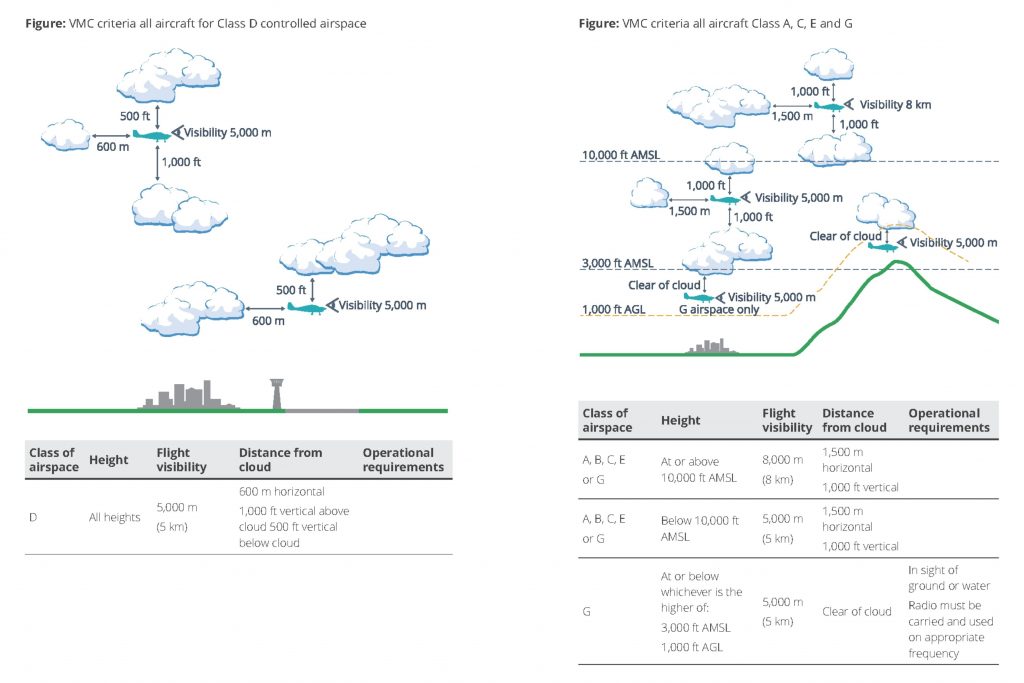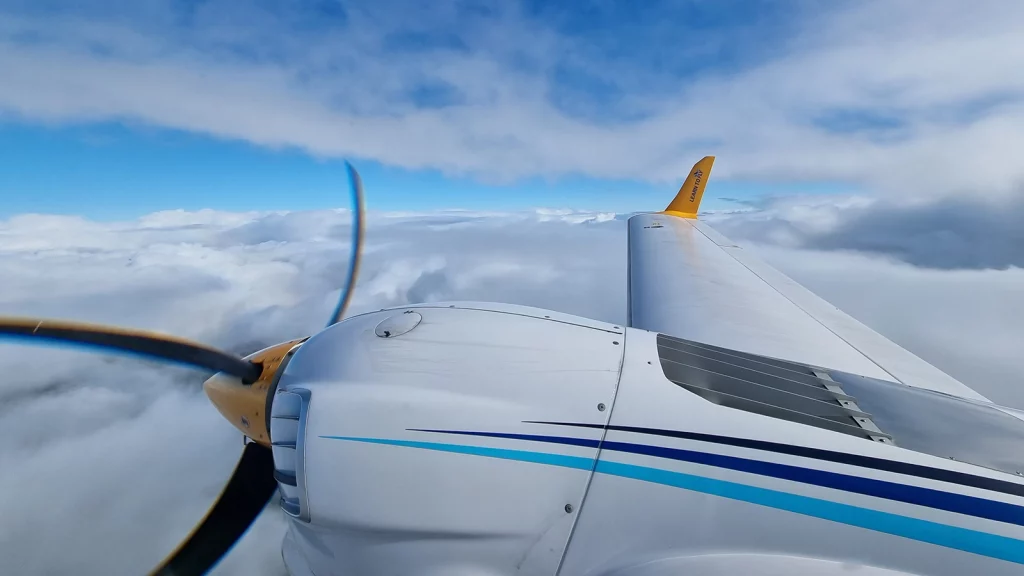Ground handling and taxiing are indispensable skills of each pilot, whether it be flying a light aircraft or commercial airliner.
As much as the act of flight itself can be the more glamorous aspect of training in aviation, the ground movements of an aircraft are as crucial. For this reason, pilots must learn how to handle different ground procedures safely and effectively, right from taxiing and parking to coping with bad weather conditions or airport environments.
What is taxiing?
Taxying refers to the aircraft movement on the ground, usually on designated taxiways and ramps. Activities include movements to and from parking stands, maintenance areas, gates, and runways. The speed, direction of movement, and situational awareness all need to be controlled with great accuracy. On the ground, there are a number of forces at work on the aircraft, other than when it is flying, from ground friction and environmental factors such as wind that will have an impact on the manoeuvrability of the aircraft in handling.
Ground handling and safe operations
The term ground handling embraces activities from the actual aircraft motion on the ground to all other tasks requiring or resulting from its presence on the surface. It includes not only taxiing, but also pushback from gates, parking, marshalling, and addressing meteorological conditions such as wet runways or strong crosswinds. Proper ground handling ensures that the aircraft is correctly positioned for take-off, landing, or maintenance in safety.
Expert ground handling requires coordination among the pilot, the ground crew, and air traffic control. The pilot needs to be informed about the pattern of ground traffic, layout of the airport, and airport signage and must communicate continuously with ATC on the clearances for taxi and other instructions. Ground handling accidents can be very costly, occasionally involving runway incursions or collisions with other aircraft or obstacles.
Pre-taxi procedures
Several checks must be done before the taxiing can begin, just to make sure that the aircraft is ready for movement.
These include:
- Brake Check. The pilot should check the aircraft’s brakes before he commences taxiing just to confirm that they are working as they should be. This is normally done immediately after the aircraft commences rolling from a standstill. In some aircraft, differential braking may be used to assist with the steering.
- Flight Controls Check. The capability of control surfaces to move freely without obstruction. This is necessary to ensure the aircraft will not experience any unsafe conditions during its movement on the ground since the aircraft’s control surfaces can be affected by crosswinds or environmental factors.
- Power Settings. Ensure the engines are at appropriate power settings for ground operations. The aircraft will be accelerating too rapidly with too much thrust applied and slow to manoeuvre with insufficient power applied.
- ATC Clearance. Call ATC for taxi clearance to the assigned runway or to the destination within the airport. This would help in making the traffic on the ground safe and orderly without any conflict with other aircraft or vehicles.
- Situational Awareness. The pilot should be fully aware of the airport layout, any parallel taxiways, runway intersections, and all surface hazards and obstacles before attempting any movements.
Taxiing techniques
Taxiing in an aircraft is a straightforward task, yet one that requires finesse and attention. Larger, more complex aircraft have slower response times and a larger radius of turn, requiring pilots to give plenty of advance thought to their intended course of movement.
Key taxiing techniques include the following:
Directional control
Aircraft do not steer as cars do. In most light aircraft, directional control is affected primarily through the rudder pedals, which actuate nosewheel steering and when necessary, the brakes. In larger aircraft, the nosewheel steering may be boosted by a tiller, a dedicated control device enabling finer adjustments to the aircraft track.
During straight taxi, the pilot should first make small, smooth inputs to either the rudder or tiller to maintain the desired direction. Moving overcorrection could develop erratic movement and might result in veering off the taxiway or tyre damage.
The radius of the turn with an aircraft is larger than with a car. For larger aircraft, turns need to be initiated well before where the turn might be expected in order to keep the aircraft’s wheels on the centerline of the taxiway. Turns should be slowly done in a controlled manner. Abrupt control inputs will cause skidding.
Speed control
For safety, the taxiing speed needs to be controlled. It needs to be slow enough such that the pilot can provide ample reaction time if there’s any obstacle on the way or in case of receiving any sudden change in direction from ATC. Most aircraft are taxiing at about 10 to 20 knots on straight sections, and for turns, they move even slower. The aircraft should avoid any sudden accelerations or decelerations since it would have excessive wear on the aircraft’s tyres and its braking system.
Aircraft are generally taxiing at idle or near-idle power. The heavier aircraft may require careful handling of thrust because even slight increases can produce high accelerations.
Smooth progressive applications of the brakes are used. Using the brakes too aggressively may lead to a jerky ride and wear down on the brake system. Sometimes pilots will use differential braking to help in tight turns. With more pressure applied to one brake than the other, the aircraft can pivot.
Safety considerations in taxiing
Of all the hazards in aviation, ground handling mistakes — such as runway incursions — present some of the greatest risks. To reduce these risks, pilots should:
· Always be situationally aware.
· Be in constant contact with ATC.
· Follow published airport ground charts and signage.
· Ensure all pre-taxi checks are complete.
Training for taxiing and ground handling
Taxiing and ground handling are key features of early flight training for students attending flight schools in Australia. Practice in this will go hand in hand with take-off and landing, and basic manoeuvring in the air. Of course, any training on the ground needs to include work in differing conditions so that aspiring pilots will become familiar with the ground behaviour of their aircraft.
Various airline cadet programs also attach much importance to the aspect of ground handling for large aircraft. Cadets have to learn how to handle a large jet taxi, speak with the ground crew, and manage ground movements at busy airports.
Taxing and ground handling are the very basic building blocks for any pilot. Proper ground handling forms a basis for safe aircraft movement on the ground and prevents possible accidents. These procedures are important to master whether one is flying a small aircraft or preparing for commercial operations. With regard to ensuring smooth ground operations, and paving the way for safe and successful flights, some of the key points on which a pilot should focus are precision, communication, and situational awareness.










